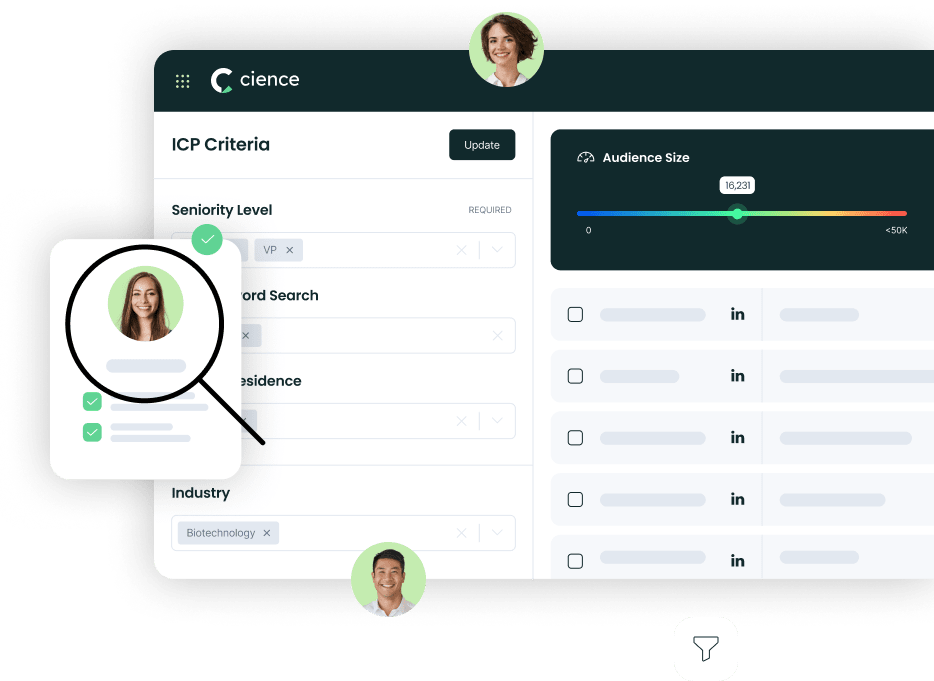Jdrf Indiana & Kentucky
Philanthropy, 225 S East St, polis, Indiana, 46202, United States, 1-10 Employees
 Phone Number: +12*********
Phone Number: +12*********
Who is JDRF INDIANA & KENTUCKY
Type 1 diabetes is an autoimmune disease that strikes both children and adults suddenly. It has nothing to do with diet or lifestyle. There is nothing you can do to prevent it. And, at pr...
Read More

-
Headquarters: 225 S East St, Indianapolis, Indiana, 46202, United States
-
Employees: 1-10
-
Revenue: $500 Million to $1 Billion
Industry: Philanthropy
SIC Code: 8399
|
NAICS Code: 541613 |
Show More
Does something look wrong? Fix it. | View contact records from JDRF INDIANA & KENTUCKY
Sign in to CIENCE GO Data to uncover contact details
Free credits every month
Frequently Asked Questions Regarding JDRF Indiana & Kentucky
Answer: JDRF Indiana & Kentucky's headquarters are located at 225 S East St, polis, Indiana, 46202, United States
Answer: JDRF Indiana & Kentucky's phone number is +12*********
Answer: JDRF Indiana & Kentucky's official website is https://jdrf.org/inky
Answer: JDRF Indiana & Kentucky's revenue is $500 Million to $1 Billion
Answer: JDRF Indiana & Kentucky's SIC: 8399
Answer: JDRF Indiana & Kentucky's NAICS: 541613
Answer: JDRF Indiana & Kentucky has 1-10 employees
Answer: JDRF Indiana & Kentucky is in Philanthropy
Answer: JDRF Indiana & Kentucky contact info: Phone number: +12********* Website: https://jdrf.org/inky
Answer: Type 1 diabetes is an autoimmune disease that strikes both children and adults suddenly. It has nothing to do with diet or lifestyle. There is nothing you can do to prevent it. And, at present, there is no cure. In T1D, your pancreas stops producing insulina hormone the body needs to get energy from food. This means a process your body does naturally and automatically becomes something that now requires your daily attention and manual intervention. If you have T1D, you must constantly monitor your blood-sugar level, inject or infuse insulin through a pump, and carefully balance these insulin doses with your eating and activity throughout the day and night. However, insulin is not a cure for diabetes. Even with the most vigilant disease management, a significant portion of your day will be spent with either high or low blood-sugar levels. These fluctuations place people with T1D at risk for potentially life-threatening hypoglycemic and hyperglycemic episodes as well as devastating long-term complications such as kidney failure, heart attack, stroke, blindness, and amputation.
Answer:
Premium Sales Data for Prospecting
-
Sales data across over 200M records
-
Up-to-date records (less decayed data)
-
Accurate Email Lists (real-world tested)
-
Powerful search engine and intuitive interface

Sign in to CIENCE GO Data to uncover contact details
Free credits every month